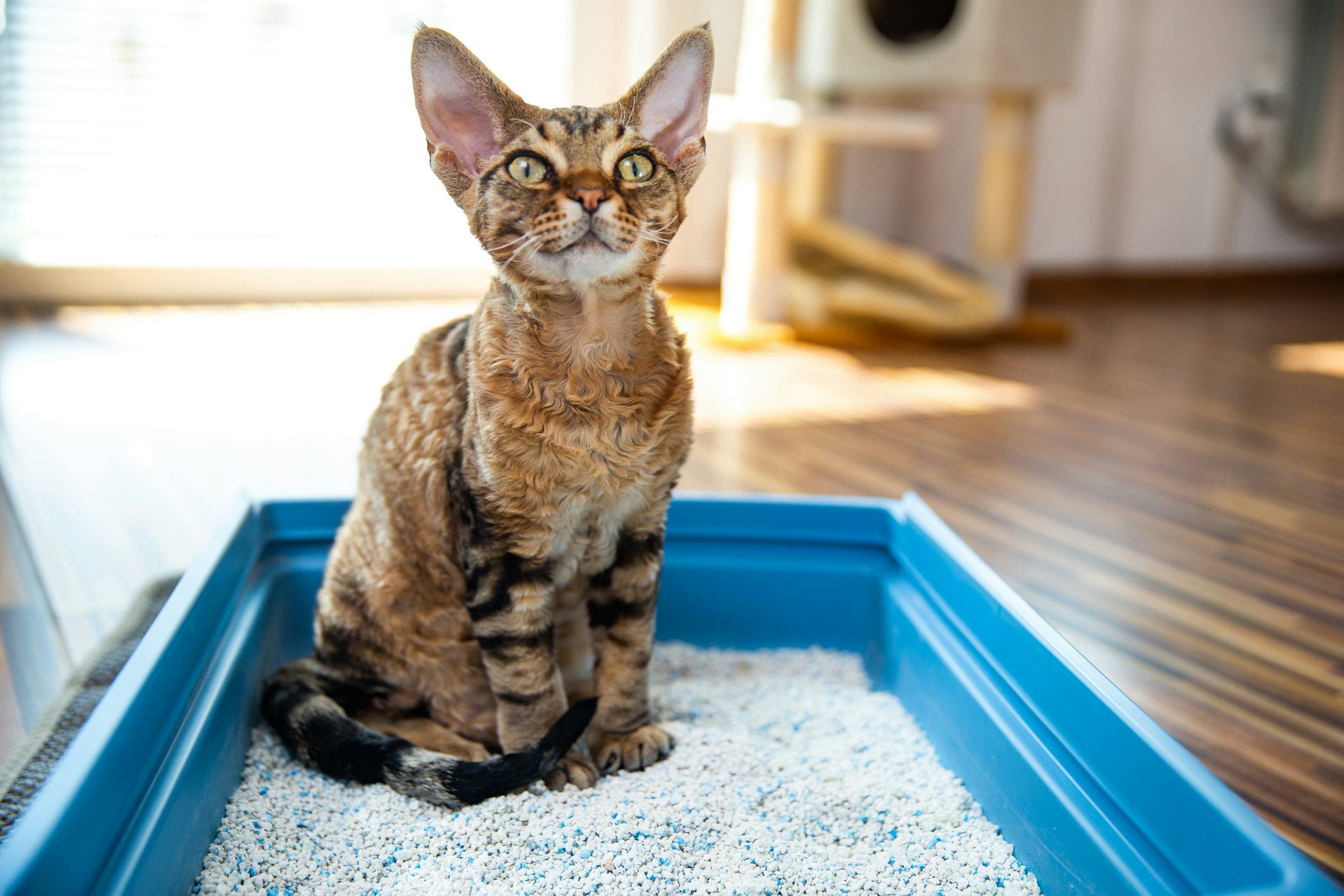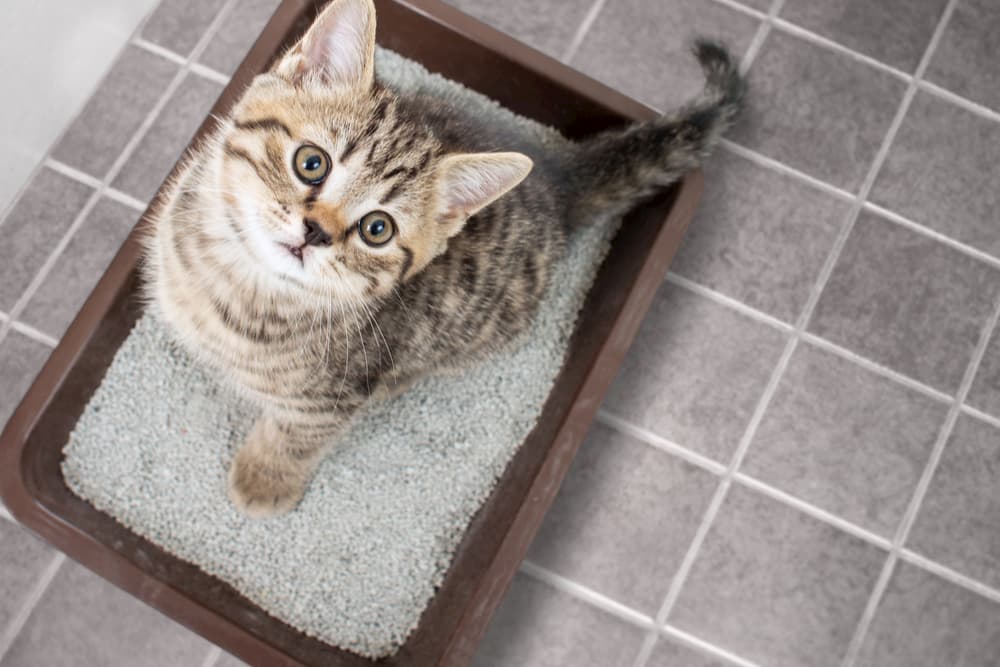Our Relevance of Proper Disposal of Animal Waste
Our Relevance of Proper Disposal of Animal Waste
Blog Article
Just how do you really feel with regards to Can You Flush Dog and Cat Poo Down the Toilet??

When it concerns disposing of waste, especially animal waste, many people often resort to the hassle-free choice of flushing it down the toilet. Nonetheless, this apparently simple option can have severe repercussions for the environment and public health. In this post, we'll explore why flushing pet waste down the bathroom is a negative concept and give alternate methods for appropriate disposal.
Introduction
Correct garbage disposal is critical for preserving ecological sustainability and public health. While it may seem safe to flush animal waste down the bathroom, it can bring about different issues, both for the atmosphere and human wellness.
Dangers of flushing pet waste
Ecological influence
Flushing animal waste presents dangerous bacteria and virus right into rivers, which can adversely impact water ecological communities. These microorganisms can pollute water sources and harm aquatic life, interrupting fragile environments.
Public health concerns
Pet waste has unsafe bacteria such as E. coli and Salmonella, which can position major health threats to people. Flushing pet waste down the commode can contaminate water supplies, causing the spread of illness and infections.
Alternatives to flushing
As opposed to purging animal waste down the commode, there are numerous alternative disposal approaches that are extra eco-friendly and hygienic.
Composting
Composting animal waste is an eco-friendly way to throw away it. By composting, raw material is broken down into nutrient-rich soil, which can be utilized to feed gardens and plants.
Landfill disposal
Dealing with pet waste in a garbage dump is another alternative. While not as environmentally friendly as composting, it is a safer option to flushing, as it protects against the contamination of water resources.
Pet dog garbage disposal systems
There are customized pet waste disposal systems readily available that safely and hygienically deal with animal waste. These systems often use enzymes to break down waste and remove odors.
Steps to appropriate pet waste disposal
To guarantee correct disposal of pet waste, adhere to these steps:
Scooping and bagging waste
Regularly scoop and bag animal waste using naturally degradable bags. This avoids waste from infecting the atmosphere.
Utilizing assigned waste containers
Dispose of bagged animal waste in designated waste containers, such as compost containers or garbage dump bins. Avoid flushing it down the commode in any way expenses.
Cleaning up can and animal areas routinely
Routinely clean can and pet dog locations to stop the build-up of waste and germs. Use pet-safe cleaning items to preserve hygiene.
Advantages of appropriate disposal methods
Taking on correct disposal approaches for animal waste uses a number of advantages:
Minimized environmental pollution
Correct disposal techniques minimize the danger of environmental pollution, securing rivers and communities from contamination
Reduced risk of water contamination.
By avoiding flushing pet waste down the bathroom, the threat of water contamination is significantly lowered, guarding public health.
Improved sanitation and hygiene
Proper disposal methods advertise far better cleanliness and hygiene, creating a more secure environment for both human beings and animals.
Verdict
In conclusion, flushing animal waste down the commode is harmful to the atmosphere and public health. By taking on different disposal techniques and following proper waste management methods, we can minimize the unfavorable influence of pet waste and add to a cleaner, much healthier planet.
What To Do With Dog Poo – The Do's And Don'ts Of Disposing Of Faeces
Dog poo bins
Some councils provide dedicated dog waste bins in popular dog-walking areas that can take dog poo that has been bagged but you can legally dispose of dog waste in any public litter bin, as long as it is securely bagged. This also applies to your wheelie bin at home.
Do not flush
Water companies do not recommend flushing dog faeces down the toilet because certain parasites can survive the water processing treatment and are potentially harmful to humans. You should also never consider flushing dog poo that has been bagged down the toilet as the bags will not break down and instead create severe blockages in the sewage system.
In the woods
The Forestry Commission promotes a ‘stick and flick’ method for dealing with waste in the woods. This means finding a stick and using it to flick any poo from off the path so that it is out of the way of other walkers. You could also bury it as long as it is not in an area where there might be livestock.
Livestock
Parasites found in dog poo can be transmitted to livestock if they inadvertently eat infected faeces that has been left on grazing land. This could result in the death of sheep or abortion in cattle so you should always make sure you pick up your dog’s waste in fields where livestock could be present.

Routinely clean can and pet dog locations to stop the build-up of waste and germs. Use pet-safe cleaning items to preserve hygiene.
Advantages of appropriate disposal methods
Taking on correct disposal approaches for animal waste uses a number of advantages:
Minimized environmental pollution
Correct disposal techniques minimize the danger of environmental pollution, securing rivers and communities from contamination
Reduced risk of water contamination.
By avoiding flushing pet waste down the bathroom, the threat of water contamination is significantly lowered, guarding public health.
Improved sanitation and hygiene
Proper disposal methods advertise far better cleanliness and hygiene, creating a more secure environment for both human beings and animals.
Verdict
In conclusion, flushing animal waste down the commode is harmful to the atmosphere and public health. By taking on different disposal techniques and following proper waste management methods, we can minimize the unfavorable influence of pet waste and add to a cleaner, much healthier planet.
What To Do With Dog Poo – The Do's And Don'ts Of Disposing Of Faeces
Dog poo bins
Some councils provide dedicated dog waste bins in popular dog-walking areas that can take dog poo that has been bagged but you can legally dispose of dog waste in any public litter bin, as long as it is securely bagged. This also applies to your wheelie bin at home.
Do not flush
Water companies do not recommend flushing dog faeces down the toilet because certain parasites can survive the water processing treatment and are potentially harmful to humans. You should also never consider flushing dog poo that has been bagged down the toilet as the bags will not break down and instead create severe blockages in the sewage system.
In the woods
The Forestry Commission promotes a ‘stick and flick’ method for dealing with waste in the woods. This means finding a stick and using it to flick any poo from off the path so that it is out of the way of other walkers. You could also bury it as long as it is not in an area where there might be livestock.
Livestock
Parasites found in dog poo can be transmitted to livestock if they inadvertently eat infected faeces that has been left on grazing land. This could result in the death of sheep or abortion in cattle so you should always make sure you pick up your dog’s waste in fields where livestock could be present.

I came across that post about while browsing on the internet. If you enjoyed reading our blog posting plz don't forget to share it. Thanks a lot for going through it.
Book Report this page